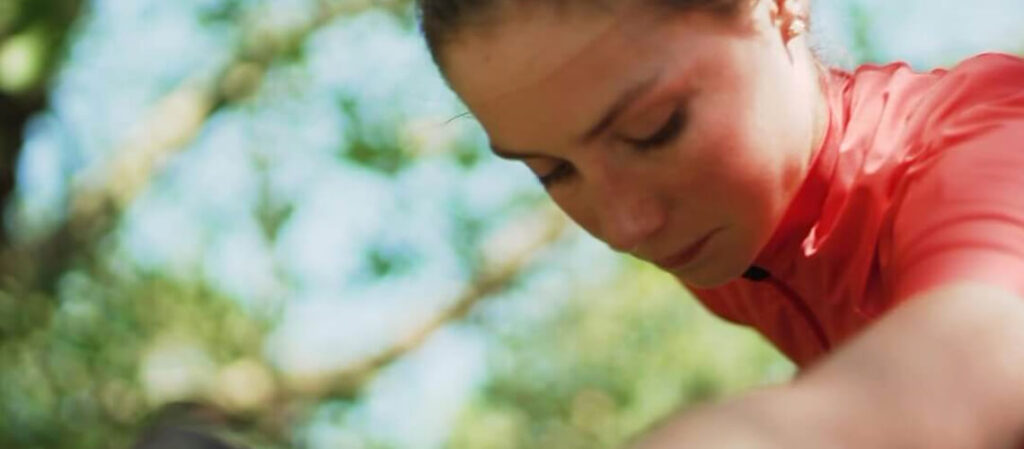
By Jemima Cooper
Active recovery, rest days, off seasons, downtime, R+R, massage guns, compression boots, foam rollers and ice baths. Where to even start when it comes to recovery?
Like many other triathletes, I have tried pretty much every tool out there in search of the golden ticket to a life without DOMS and shortcut to faster speeds. However, to use recovery to our advantage requires a broader perspective.
Think of recovery as part of a balanced training recipe - a recipe with various layers and different components all woven together, but each one important if we want the desired outcome.
Just like a good recipe, it may take some trial and error to discover what works best. There may also be a number of variations and/or additions that can be made to it. However, what does stay the same are the foundational components of smart and integrated recovery P.L.A.N.S. Let me explain:
P is for planning and preparation
For most age group and amateur athletes life is busy. Sessions are crammed between school pick ups, supermarket shops and the 9-5. Even if you do have the luxury of being a full time athlete, with most endurance sports demanding high training volumes and intensive sessions, incorporating well planned rest periods within your week, and within your training season, as a whole is crucial.
Always aim to be one step ahead of fatigue. If you know that you have a particularly tough or long bike workout on a Sunday, don’t attempt to hit a max intensity swim workout first thing on a Monday morning. Try to balance out your training week with active recovery days and ‘ring fence’ your key sessions to make sure you hit them fresh and raring to go.
Planning also comes into play with regards to making sure you have the recovery tools you need on hand, post session. Riixo makes this easy with their insulated recovery cuff carrier. Whether you prefer hot or cold, the carrier will keep your cuffs at the optimum temperature ready for you to put on immediately post workout, ready to start the recovery process. For more focused release, the Riixo ice ball can be used to ease out the tightness whilst sitting down or even on the move. Make it simple for yourself by having simple, accessible and effective tools ready for you to use.
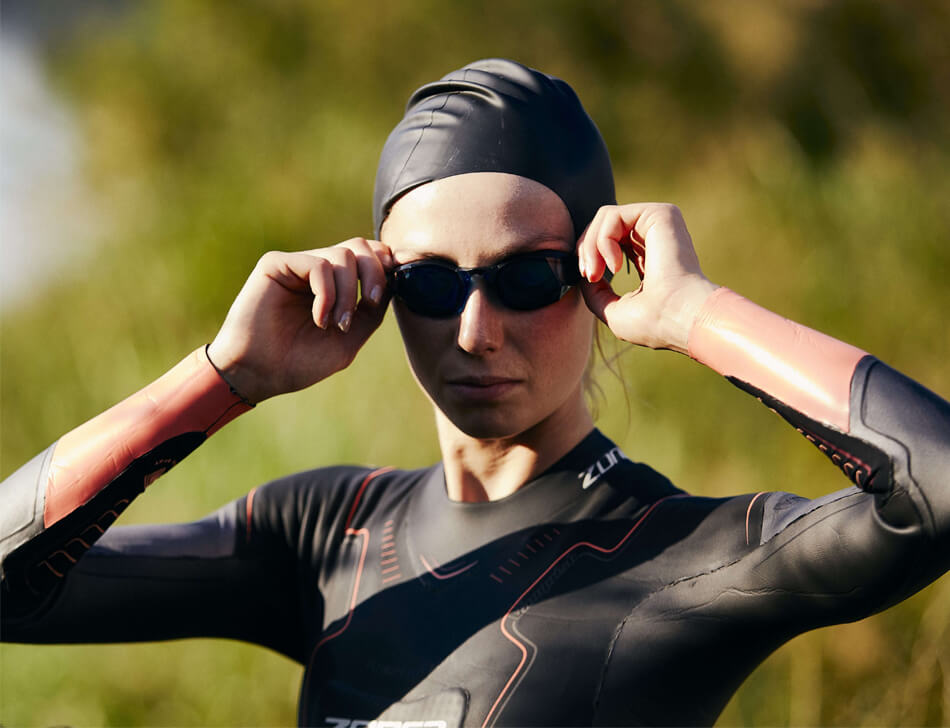
L is for “Life Days”
I have spoken about the concept of life days in another post.The importance being on emphasising time on a regular basis to catch up on your personal life, away from sport. Athletes give a lot to their sport, and training will undoubtedly mean sacrifices in other areas.
If you want to have a long, happy and healthy sporting career, taking time to care for the things outside of it can sometimes be key. Downtime, family time, and general life sorting. All the things that fight for your attention during your workouts or keep you awake at night - dedicating time to ‘clear the decks’ can help you stay on task and steely focused in your training.
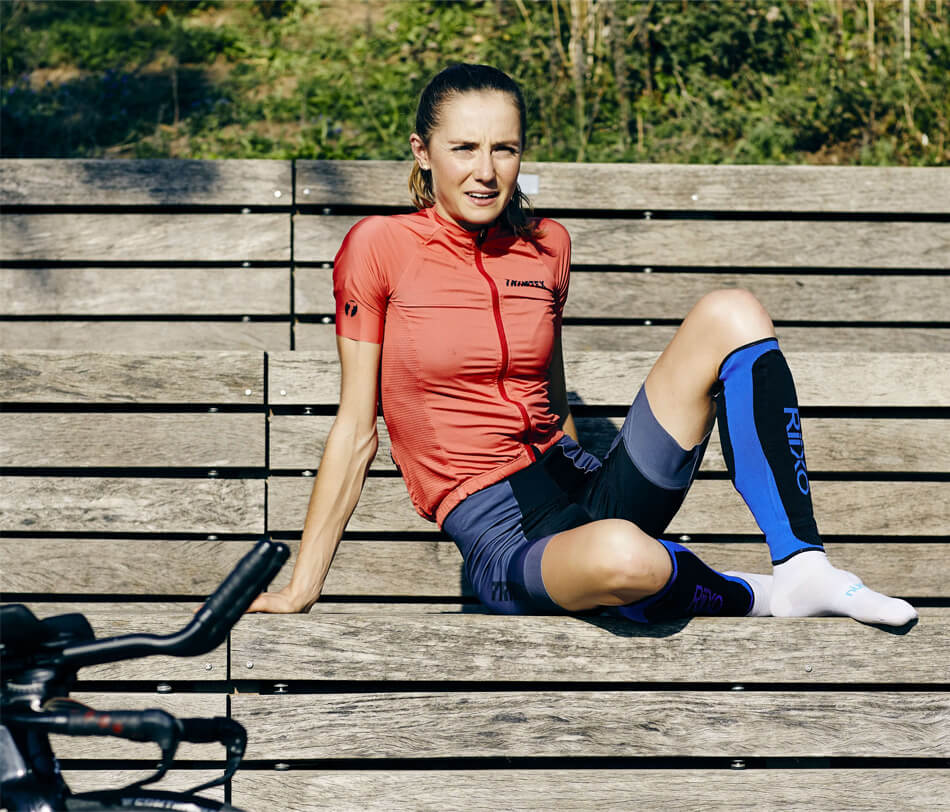
A is for adaptability
Athletes love a bit of data! From TrainingPeaks to GPS watches, pace clocks to power numbers. We like to know exactly what is going on. However, there is much to be said about listening to what your body is telling you. Did the workout feel harder than it should have? Are you struggling to get yourself off the sofa? Is your head just not in it since work has been madness? All important signs that it might be time to step back, rest up and try again tomorrow. By the same account, if you are feeling on top of the world, fresh and ready, don’t be held back by data from watches or training calendars. Go get that PB!
The body is a remarkable thing and it will tell you what it needs (if you give it a chance!) It is important to be adaptable with your plans and take action when your body is sending you signals.
N is for nutrition
Nutrition is an essential component of every sports training program, and at every level of performance.
Optimising nutrition for recovery is not just about that protein bar post workout. In fact it starts long before that. Ensuring that you reach your workout well fuelled and with sufficient energy is important to minimise injuries and maximise training outputs. Fuelling well with a balance of carbohydrate and protein post session in that ‘Golden Hour’ is a fundamental part of starting off that recovery process and supporting the body to repair and rebuild. Finally, ensuring a day to day balance of varied food groups, sufficient energy intake and incorporating colourful plates full of fruit and vegetables is a sure fire way to support your body in the long run.
S is for sleep
Simple yet effective - but something too often neglected. With a busy lifestyle, sleep is the one thing that can too often get pushed down the list. Yet, it is the very thing that keeps us on top of our game mentally and physically!
Practicing proper sleep hygiene takes discipline and commitment and smart decision making. And yes - at times that will mean dropping a late night or early morning session in favour of 7-8 hours kip, and allowing the time you need for mind and body to rejuvenate.
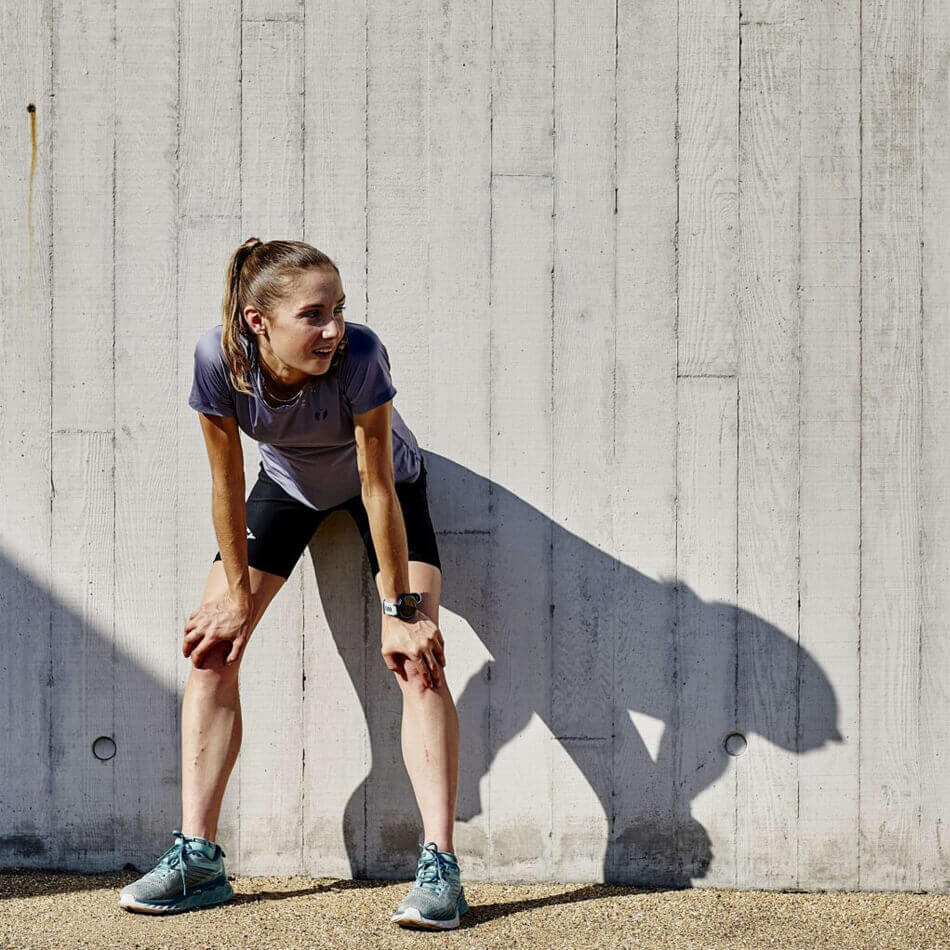
So as you see, recovery doesn’t have to be complicated and it doesn’t have to be expensive. It does, however, need to be a part of your training PLANS if you want to perform at the top of your game. #DontEverStop Performing.
About the Author Riixo ambassador, Jemima Cooper is a former classical ballerina turned middle distance triathlete. Jemima has had a lifelong passion for sport and an academic interest in sport and performance psychology.
More blogs in this series by Jemima Cooper:
Are you confident in your recovery?
Train well or race well, what do you want most?
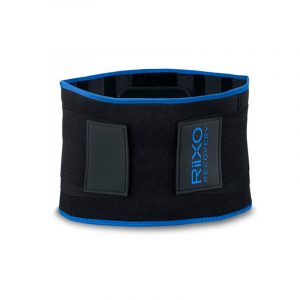

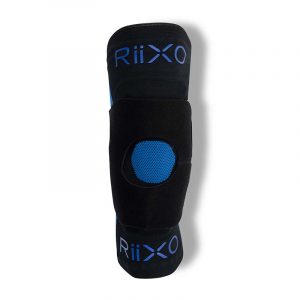

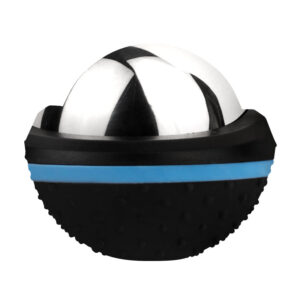
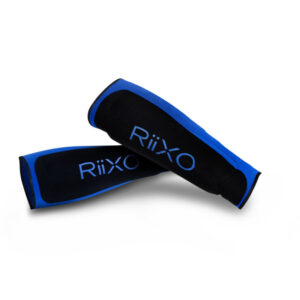
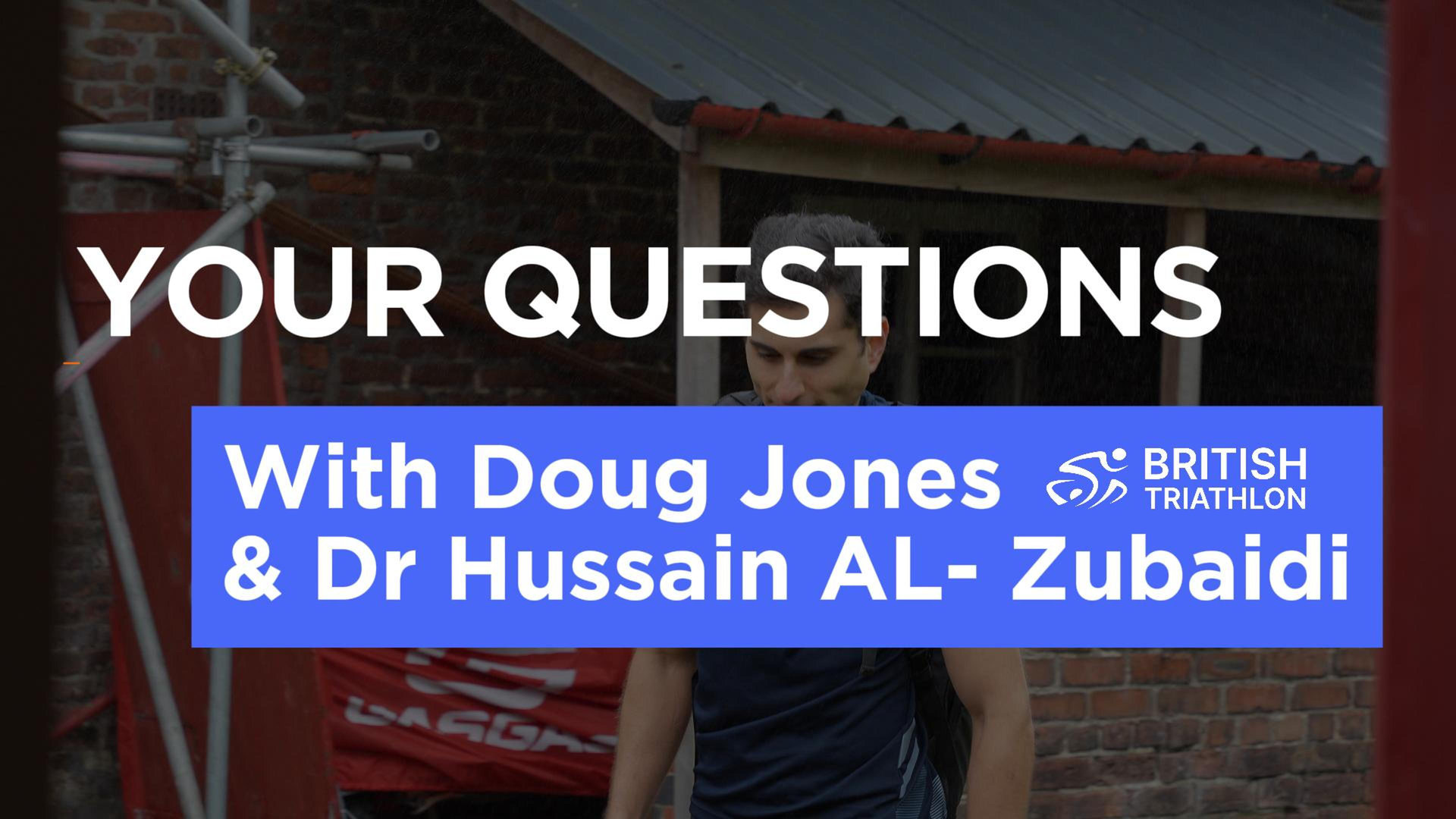 British Triathlon: Recovery Questions Answered
British Triathlon: Recovery Questions Answered
 Cracking The Injury Risk Equation
Cracking The Injury Risk Equation
 LJMU Study Findings
LJMU Study Findings
 What are shin splints?
What are shin splints?
 How to treat shin splints [2021]
How to treat shin splints [2021]
No Thanks – I’ll pay full price
Close Window
Close Window
[…] Why recovery needs to be part of your P.L.A.N.S. […]